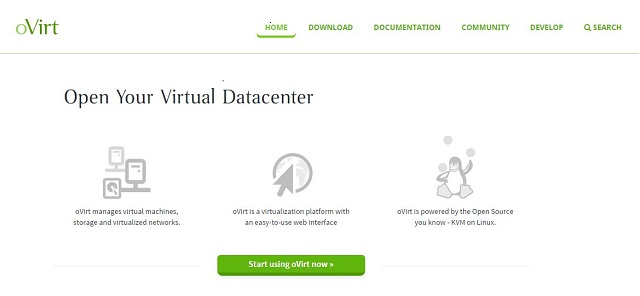Exactly, oVirt is a virtual datacenter manager which provides a powerful management of multiple virtual machines in multiple hosts. Using KVM and libvirt, oVirt can be installed in Fedora, CentOS, or Red Hat Enterprise Linux hosts to set up and manage virtual data centers. oVirt is a complete virtual machines management system and is the engine for RHEV, so any new feature in RHEV always appears first in oVirt.
The oVirt project also has possibilities as a VDI host environment, as evidenced by the University of Seville Case Study (España). The main reason why the university opted for oVirt as an alternative for VMware was the cost. The university has over 60.000 students, so they needed more economic alternatives, but “…according to Miguel Rueda, Technical Manager of University of Seville, the price of a vSphere solution was really high”, and they decided to turn to UDS Enterprise for a more cost-effective solution.
The university technical staff use CentOS virtual machines (VMs) for further savings. In fact, he whole university’s VDI infrastructure has been built with free and Open Source software.
In addition, the University of Sevilla doesn’t have the inconveniences sometimes derived from the use of Open Source software and its lack of support, as the UDS Enterprise Team helps them whenever they need it.
Read the full article at ZDNet








0 Comments